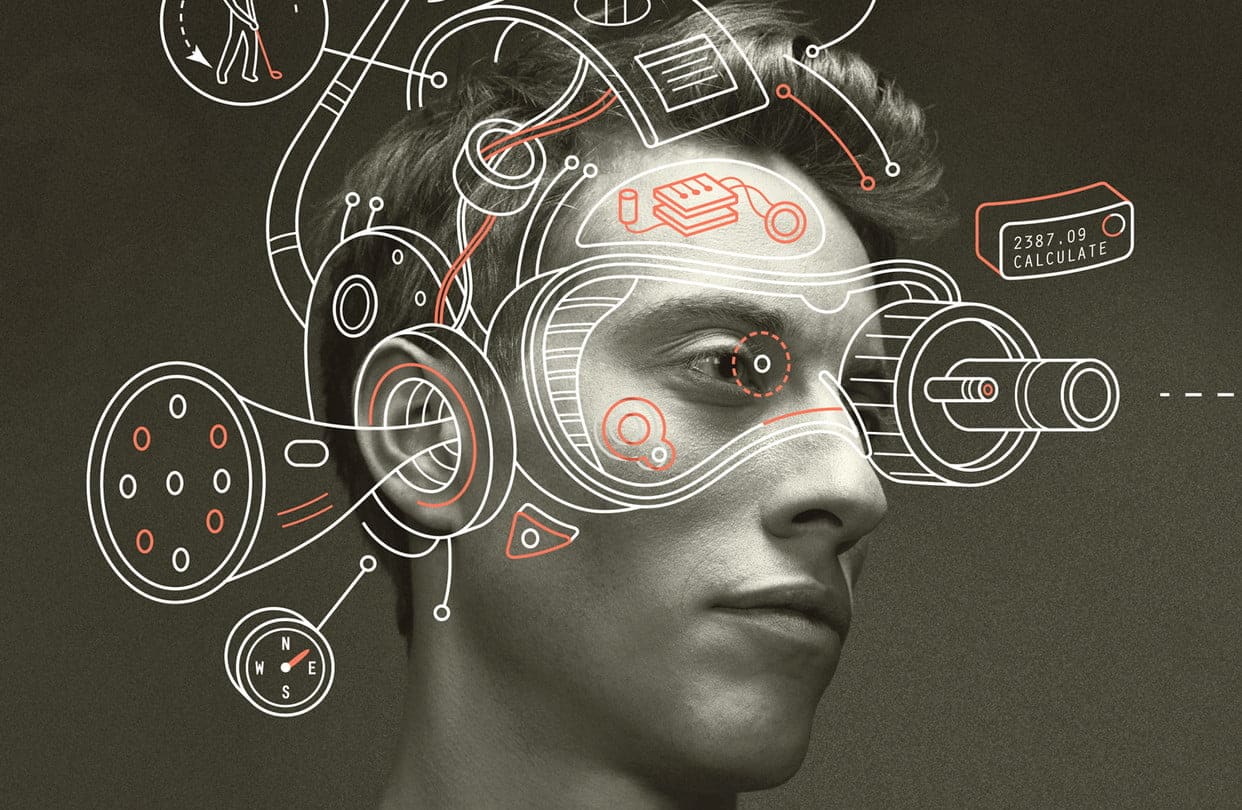When it comes to brain implants, the gap between science fiction and reality is still quite vast. Except for a few tests showing paralyzed men controlling robots with their minds and monkeys playing Pong with their minds, the bulk of the research in the field is still in its infancy.
This development is pretty damn interesting though: it's an interface that can detect pain signals in one part of the brain and respond immediately by stimulating another part of the brain to relieve that pain.
A pain relief brain implant

The system is called a closed-loop brain-machine interface. Devices like this have already been tested to detect and treat seizures, but it's the first time they're used to treat pain.
The experimental device proposed in the study interfaces with two brain regions. A cluster of electrodes senses and decodes pain signals in the anterior cingulate cortex, while a system optogenetic stimulates pyramidal neurons in the prelimbic region of the prefrontal cortex to provide pain relief.
This creates a real-time neurofeedback cycle that suppresses pain as it arises.
Can it become a kind of “drug”?
Jing Wang, senior author of the new study, believes that the automated nature of the system will reduce the risk of overuse or desensitization, because subjects have no control over whether the mechanism is activated. The system focuses on inhibiting pain processing in the brain, which is why it is not tied to opioid reward regions known to cause addiction problems.
Laboratory tests for pain

In rodent tests, researchers report that the device effectively detected pain sensations 80% of the time. A whole range of inputs, from mechanical or thermal pain to inflammatory and neuropathic pain were effectively detected.
The effectiveness of the system was also demonstrated by a series of behavioral responses. One test, for example, showed that the animals increasingly withdrew their paws from a source of pain. A clear sign that the intensity of the sensations has actually been reduced by the device.
Our results show that this implant offers an effective pain management strategy. Even in cases where symptoms are traditionally difficult to detect or manage.
Jing Wang
What happens now
Of course, this research is also experimental. The creation of some sort of implant that instantly relieves pain in humans is not imminent. It would be revolutionary, incredible.
There are physiological obstacles still to be overcome to actually implant this type of technology in the human brain.
Humans do not have clearly delineated areas of the brain that individually manage and process pain, so further research is needed to identify ideal regions for targeting detection and treatment systems.
It is also inevitable that general brain stimulation of some regions has side effects that need to be investigated.
However, this proof of concept points to an incredible range of future possibilities for closed-loop brain implants that track any number of different inputs in real time and provide instant therapeutic neuromodulation in response.
The importance of this research
Systems like this could also treat many psychiatric disorders.
The results show that this device can help researchers better understand how pain works in the brain. Other neuropsychiatric disorders, such as anxiety, depression and post-traumatic stress, could see an end to the damage they produce in a future device.


